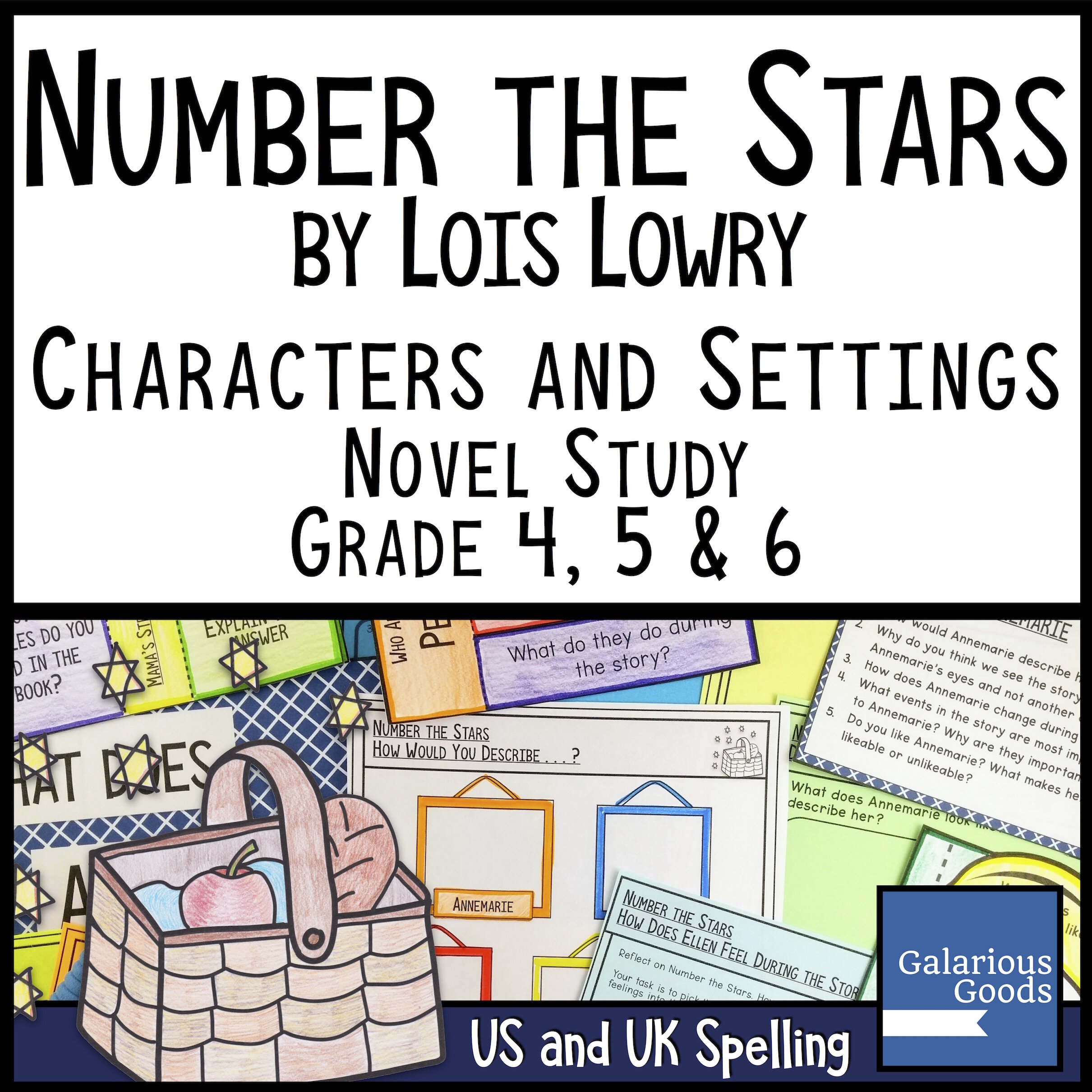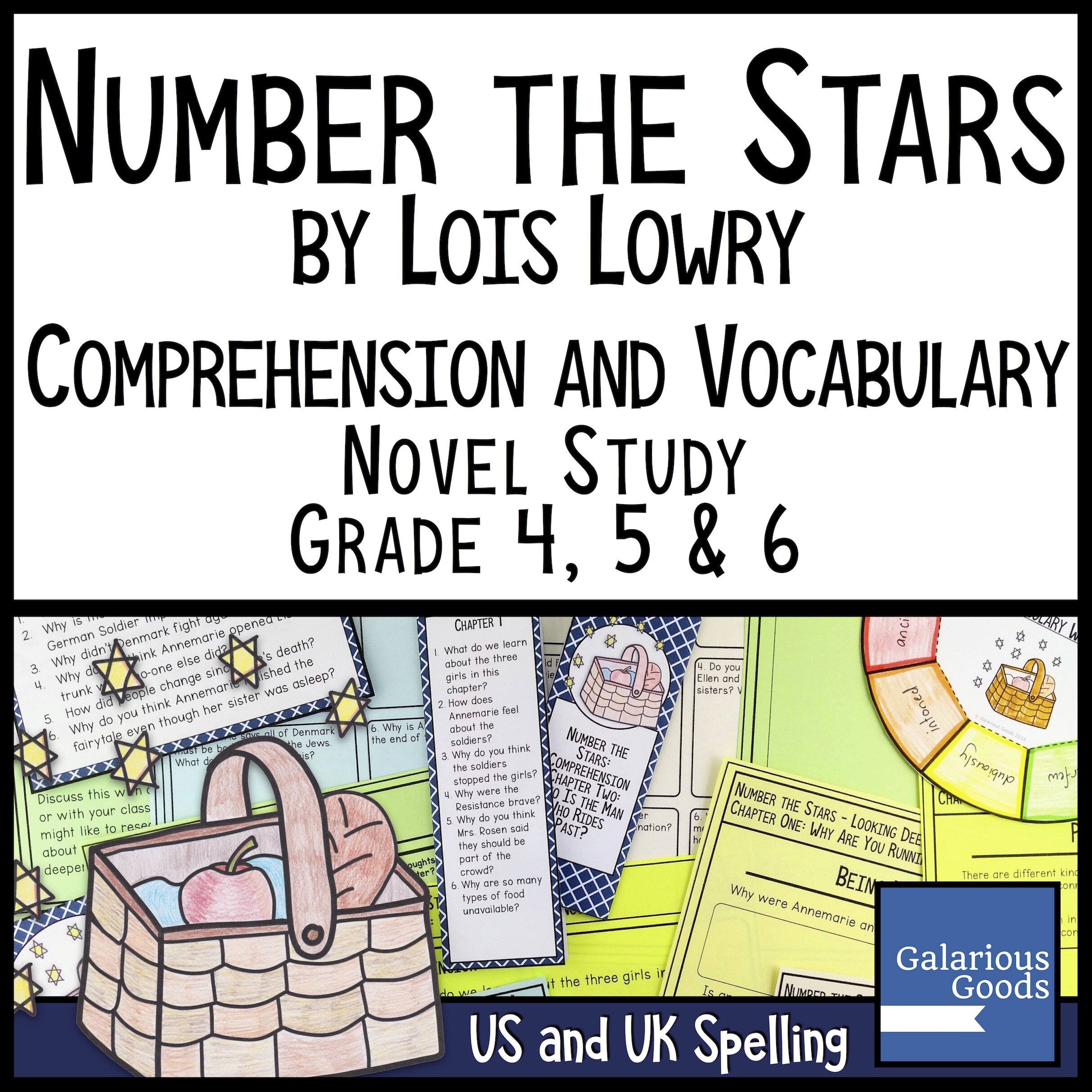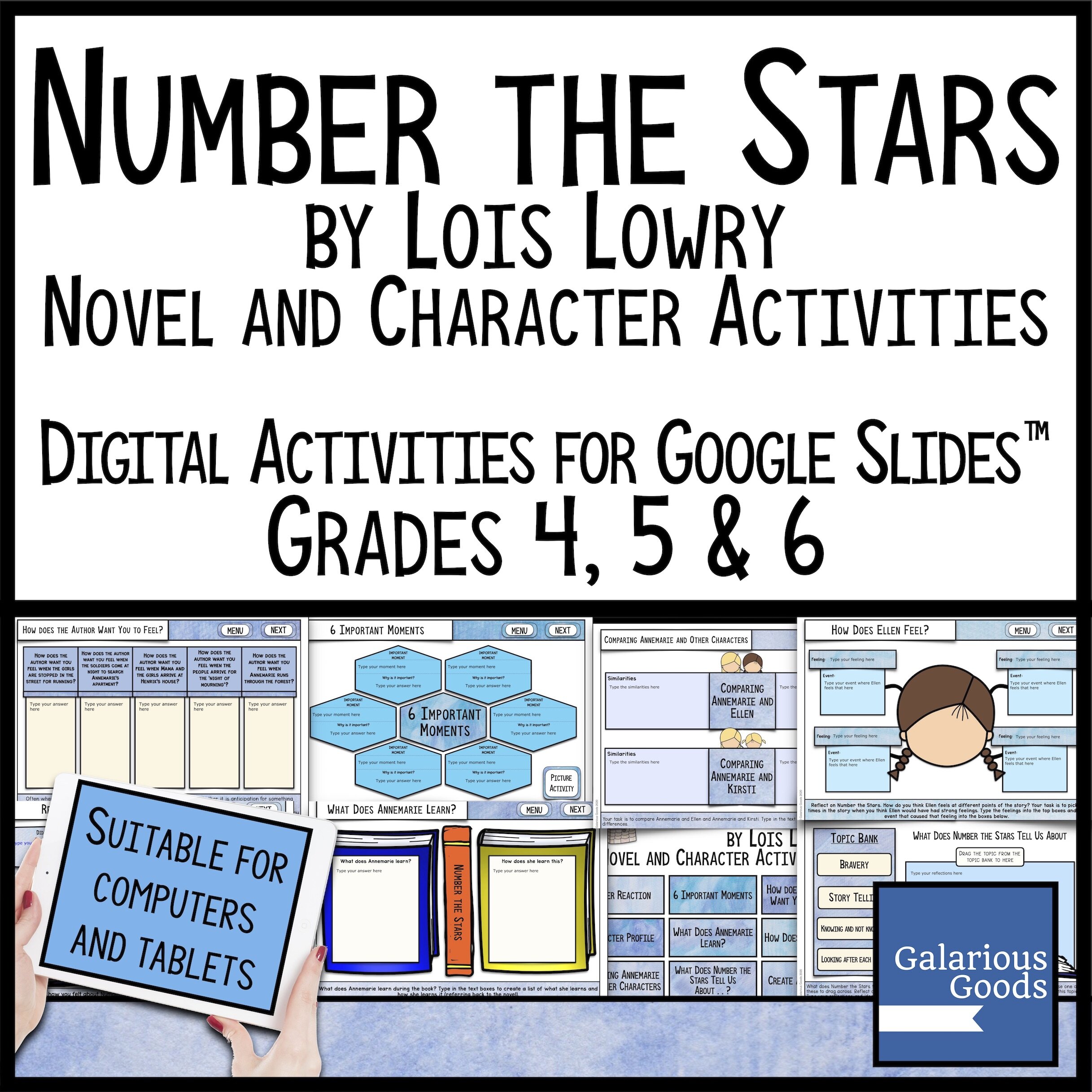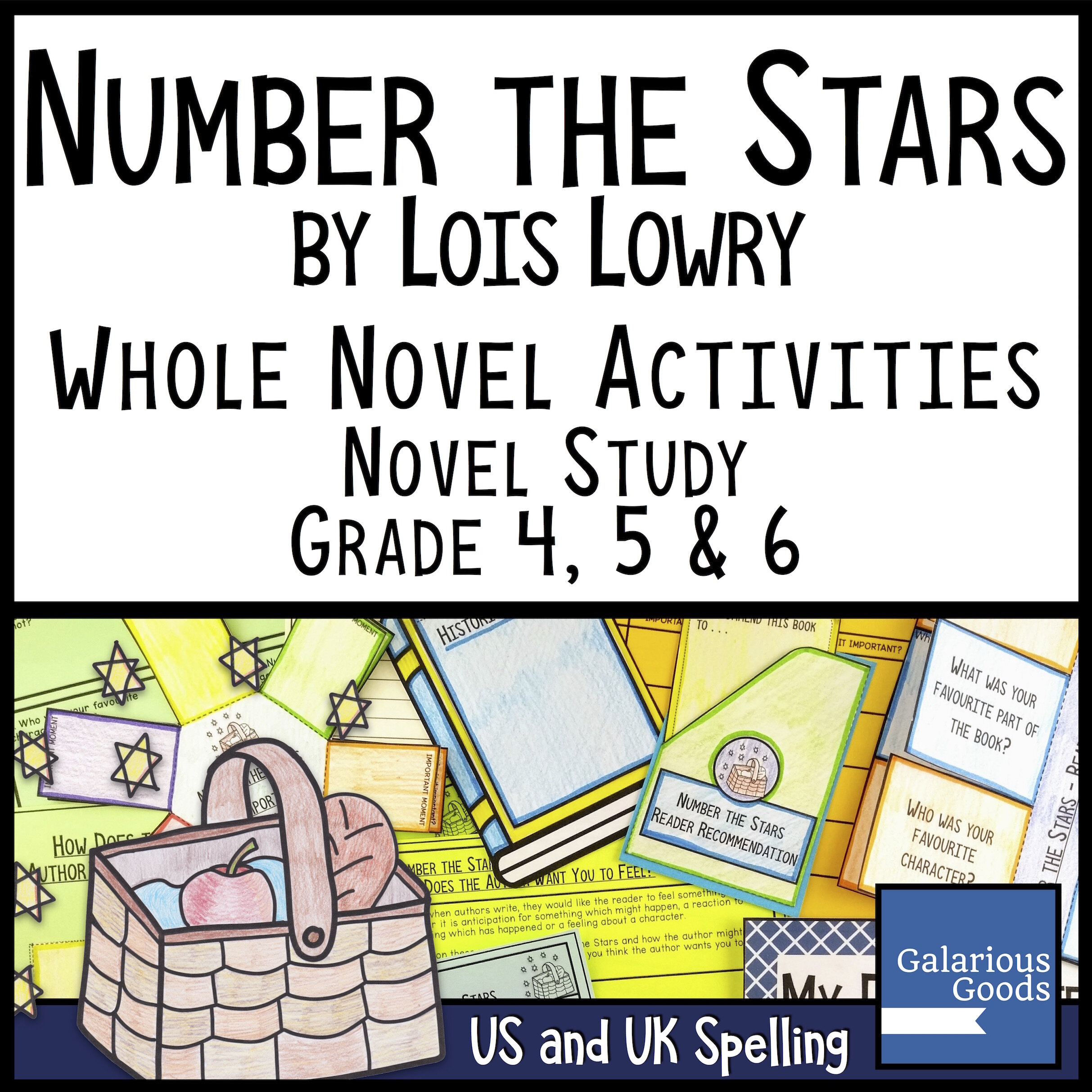Examining Storytelling in the Classroom through Number the Stars
/If you are teaching Number the Stars in your classroom, it’s hard to ignore the element of storytelling. The author makes reference to storytelling at several points in the story, allowing it to frame one of the most important moments in the novel. Here’s some ways you can explore storytelling with your students.
Storytelling in Number the Stars
Early in the novel, Annemarie tells a story to her little sister Kirsti, helping her to fall asleep. She reflects on the stories which make up her life, including the stories about the king and the stories her mother told her little sister when explosions at the harbour occur on Kirsti’s birthday.
As the events of the book push forward, Annemarie finds herself part of stories, the stories which her mother and uncle tell about a pretend funeral gathering in their house and the story of Little Red Riding Hood, which Annemarie tells herself as she runs through a twisting forest path on a dangerous mission.
As you explore storytelling, students can identify and discuss these moments. They might also like to see if they can find any more examples of storytelling in the novel.
Retelling the Story of Number the Stars
An easy way for students to engage in storytelling is to retell the story of Number the Stars like it is a fairy tale or a fable. They can examine the story of Number the Stars and discuss how it might fit into the structure of the more traditional stories. Students can write and illustrate these retold stories.
Why is It Important?
Why are stories important? This is a great guiding question which you could post to your students as they discuss this topic. Students can reflect on some of the different ways stories are used and some of the places you might find stories. They can look at the role of stories and when stories can do good or can do harm.
Students can also look at the role of storytellers and who storytellers are (or could be). They might like to look at cultures where storytelling is an important part of family and community and why stories are shared (and who is allowed to share those stories).
Finally students can discuss how stories and storytelling are important when it comes to history. They can look at oral histories and what they tell us as well as the role of historical sources such as newspapers or written material like novels or plays.
Create a Fairy Tale
To take the discussion of stories further, students can examine an event from their own life and how they might retell it as a fairy tale. They can look at the elements of fairy tales and reflect on how they might need to exaggerate or change their true story.

















